Owning an RV can be a dream come true for those who love to travel and explore the great outdoors. However, it’s important to understand the costs of owning an RV before purchasing. The cost of RV ownership goes beyond the initial purchase price and includes various expenses such as depreciation costs, maintenance and repair costs, insurance costs, fuel costs, storage costs, licensing and registration fees, cost of accessories and upgrades, cost of financing, and cost of camping and parking.
The initial purchase price of an RV can be a significant expense, with prices ranging from a few thousand dollars to over a million dollars. However, it’s essential to consider the long-term costs of owning an RV. Depreciation costs can be significant, as RVs tend to lose value quickly. Maintenance and repair costs can also add up, especially if the RV is not properly maintained. Insurance costs can vary depending on the type of RV and the coverage selected.
Key Takeaways
- Owning an RV comes with a variety of costs beyond the initial purchase price, including depreciation, maintenance, and repair costs, insurance, fuel, storage, licensing, and registration fees, accessories and upgrades, cost of financing, and cost of camping and parking.
- Depreciation costs can be significant, as RVs tend to lose value quickly.
- Proper maintenance and care can help reduce the long-term costs of owning an RV.
Initial Purchase Price
When it comes to owning an RV, the initial purchase price is one of the most significant costs you’ll face. The price can vary widely depending on the type of RV you choose, its age, and its condition. Here are some things to keep in mind when considering the initial purchase price:
- New vs. Used: A new RV will generally cost more than a used one, but it may come with a manufacturer’s warranty and other benefits. A used RV, on the other hand, may have a lower purchase price, but it may also have more wear and tear and require more maintenance.
- Class A vs. Class B vs. Class C: Class A RVs are the largest and most luxurious, while Class B RVs are the smallest and most compact. Class C RVs are somewhere in between. Generally speaking, Class A RVs will have the highest purchase price, followed by Class C, and then Class B.
- Amenities: The more amenities an RV has, the higher the purchase price is likely to be. For example, an RV with a full kitchen, bathroom, and entertainment system will cost more than one with just a bed and a small kitchenette.
- Financing: If you can’t or don’t desire to pay for your RV in cash, you’ll need to finance it. Remember that interest rates and loan terms can vary widely, so shopping around for the best deal is important.
- Depreciation: Like any vehicle, an RV will depreciate over time. This means that its value will decrease, and you’ll lose money if you decide to sell it. Keep this in mind when considering the initial purchase price and factor it into your decision-making process.
- Class A: $100,000 – $500,000 and up.
- Class B (Campervans): $60,000 – $150,000.
- Class C: $80,000 – $200,000.
- Travel Trailers: $20,000 – $70,000.
- Fifth Wheel: $40,000 – $150,000.
- Pop-up Campers: $10,000 – $30,000.
- Truck Campers: $8,000 – $50,000.
(Note: These prices can vary based on brand, features, and region. Here are approximate averages for new models as of my last update in 2021.)
Depreciation Costs
Regarding owning an RV, depreciation is a significant factor to consider. Depreciation is the loss in value of an RV over time due to wear and tear, age, and other factors. Understanding how depreciation affects the cost of owning an RV is essential, as it can impact your finances in the short and long term.
The depreciation rate of an RV can vary depending on several factors, such as the make and model, age, condition, and mileage. Generally, RVs depreciate at a faster rate than cars or trucks, which means that their value decreases more quickly over time. According to a study, the depreciation rate of an RV can range from 25% to 40% in the first five years of ownership.
The depreciation costs of an RV can significantly impact the total cost of ownership. For example, if you purchase a new RV for $100,000 and it depreciates by 30% in the first five years, the RV’s value would drop to $70,000. This means that you would lose $30,000 in value during that time.
It’s important to consider depreciation costs when deciding whether to purchase a new or used RV. While a new RV may have a higher initial cost but a slower depreciation rate than a used RV. On the other hand, a used RV may have a lower initial cost, but it may have a higher depreciation rate, which means that it could lose value more quickly.
In conclusion, depreciation costs are an essential factor to consider when owning an RV. Understanding the depreciation rate of your RV can help you make informed decisions about when to buy and sell your RV, as well as how much money you can expect to recoup from its resale value.
Maintenance and Repair Costs
When it comes to owning an RV, maintenance, and repair costs are an inevitable part of the experience. Keeping your RV in good condition is essential to ensure its longevity and to prevent unexpected breakdowns on the road. In this section, we will discuss the routine maintenance and unexpected repair costs associated with owning an RV.
Routine Maintenance
Routine maintenance is the regular upkeep required to keep your RV in good working condition. This includes tasks such as oil changes, tire rotations, and other preventative measures. Routine maintenance is important because it can help prevent more costly repairs down the line.
The cost of routine maintenance can vary depending on the type of RV you own, as well as the frequency of maintenance. On average, you can expect to spend between $500 and $1,000 per year on routine maintenance for your RV.
Unexpected Repairs
Unexpected repairs are not part of routine maintenance and can occur unexpectedly. These repairs can range from minor issues, such as a broken window to major repairs such as a blown engine. Unexpected repairs can be costly and can cause significant disruptions to your travel plans.
The cost of unexpected repairs can vary greatly depending on the severity of the issue and the type of RV you own. On average, you can expect to spend between $1,000 and $5,000 per year on unexpected repairs for your RV. Your RVs age will affect how much you pay for repair.
To minimize unexpected repair costs, it’s important to have your RV regularly inspected by a professional. This can help identify any potential issues before they become major problems.
- Class A: $1,000 – $5,000.
- Class B: $500 – $1,500.
- Class C: $800 – $3,000.
- Travel Trailers: $200 – $1,000.
- Fifth Wheel: $300 – $1,500.
- Pop-up Campers: $100 – $700.
- Truck Campers: $100 – $700.
Insurance Costs
When it comes to RV ownership, insurance is a necessary expense that you cannot avoid. Insurance costs for RVs can vary depending on several factors, including the make and model of the RV, your driving history, and the level of coverage you choose.
The type of RV you own can significantly impact your insurance costs. Generally, larger RVs with more features and amenities will cost more to insure than smaller, more basic models. Additionally, if you have a motorized RV, you will need liability coverage, which can be more expensive than insuring a towable RV.
Your driving history can also impact your insurance costs. If you have a history of accidents or traffic violations, your insurance rates may be higher than if you have a clean driving record. Additionally, if you plan to travel frequently or for long periods of time, you may need to purchase additional coverage to protect against accidents and other unforeseen events.
The level of coverage you choose will also impact your insurance costs. Basic liability coverage will be less expensive than comprehensive coverage, including collision and theft protection. However, it’s important to consider the potential risks and costs associated with RV ownership when choosing your coverage level.
Overall, insurance costs can be a significant expense for RV owners. It’s essential to shop around and compare rates from different providers to find the best coverage and rates for your needs. Additionally, maintaining a clean driving record and practicing safe driving habits can help keep your insurance costs down over time.
- Class A: $2,000 – $4,000/year.
- Class B: $1,000 – $2,000/year.
- Class C: $1,500 – $3,000/year.
- Travel Trailers: $250 – $700/year.
- Fifth Wheel: $500 – $1,500/year.
- Pop-up Campers: $200 – $500/year.
- Truck Campers: $200 – $500/year.
Fuel Costs
When it comes to owning an RV, fuel costs are a major factor to consider. The amount you’ll spend on fuel will depend on a few different factors, including the size and weight of your RV, the type of engine it has, and the distance you plan to travel.
One of the biggest factors that will impact your fuel costs is the type of fuel your RV uses. Most RVs run on either gasoline or diesel fuel, and the cost of each can vary depending on where you are in the country. Gasoline tends to be cheaper than diesel, but diesel engines are typically more fuel-efficient, which can help offset the higher cost of fuel.
Another thing to keep in mind is that RVs tend to get lower gas mileage than other vehicles, particularly if you have a larger, heavier RV. This means you’ll need to fill up more often, which can add up quickly. To help reduce your fuel costs, consider driving at a slower speed and avoiding sudden stops and starts, as this can help improve your RV’s fuel efficiency.
It’s also a good idea to plan your route carefully to avoid areas with high fuel prices. You can use apps and websites that track fuel prices to find the cheapest gas stations along your route. Additionally, consider using a fuel rewards program to help save money on your fuel purchases.
Overall, fuel costs are an important consideration for RV ownership. By choosing a fuel-efficient RV, driving carefully, and planning your route carefully, you can help reduce your fuel costs and enjoy your RV without breaking the bank.
Storage Costs
One of the major costs associated with RV ownership is storage. You need to store your RV somewhere when you’re not using it. This can be a challenge, especially if you live in an area with limited space. Here are some storage options and their associated costs:
- Indoor Storage: This is the most expensive option, but it provides the best protection for your RV. Indoor storage facilities are typically climate-controlled and offer protection from the elements. The cost of indoor storage can range from $100 to $500 per month, depending on your RV’s location and size.
- Outdoor Storage: Outdoor storage is a more affordable option, but it does not offer the same level of protection as indoor storage. Outdoor storage facilities are typically uncovered and do not offer climate control. The cost of outdoor storage can range from $50 to $200 per month, depending on your RV’s location and size.
- Driveway Storage: If you have enough space on your property, you can store your RV in your driveway. This is the most affordable option, but it requires you to have enough space and comply with local regulations. Remember that storing your RV in your driveway may also limit your ability to use your driveway for other purposes.
In addition to the cost of storage, you may also need to consider the cost of preparing your RV for storage. This can include winterizing your RV if you live in a cold climate, as well as taking steps to protect your RV from pests and other potential hazards.
Overall, the cost of RV storage will depend on a variety of factors, including the location, the size of your RV, and the level of protection you need. It’s important to research your options and choose the one that best fits your needs and budget.
Average storage costs (if you cannot store at home): $30 – $450/month, depending on indoor or outdoor storage, climate control, and location.
Licensing and Registration Fees
When you own an RV, you will need to register and license it with the state where you reside. The cost of licensing and registration fees can vary depending on the state and the type of RV you own.
In general, licensing and registration fees for RVs are higher than for cars. This is because RVs are larger and heavier, requiring more resources to maintain roads and bridges.
Some states charge a flat fee for RV registration, while others charge a fee based on the weight of the RV.
In addition to the registration fee, some states also charge a license fee. This fee is typically based on the value of the RV and can be pretty expensive. For example, in California, the license fee for an RV valued at $50,000 is $450.
It’s important to note that some states also require RV owners to pay an annual property tax on their vehicle. This tax is based on the value of the RV and can be a significant expense. For example, in Texas, the property tax on an RV valued at $100,000 would be around $2,500 per year.
Licensing and registration fees can be a significant expense for RV owners. It’s essential to research the fees for your state and budget accordingly.
Cost of Accessories and Upgrades
When it comes to owning an RV, accessories, and upgrades can add up quickly. Whether you’re looking to add some personal touches or improve functionality, it’s essential to consider the cost of these additions. Here’s a breakdown of the cost of interior and exterior upgrades.
Interior Upgrades
Interior upgrades can range from simple decor changes to major renovations. Here are some common interior upgrades and their estimated costs:
- Upgraded mattress: $500-$1,500
- Solar panels: $300-$1,000 per panel
- Smart thermostat: $200-$500
- LED lighting: $50-$200
- New flooring: $1,000-$3,000
- Upgraded appliances: $500-$2,500 per appliance
Remember that these are just estimates, and actual costs may vary depending on the type of RV and the specific upgrades you choose.
Exterior Upgrades
Exterior upgrades can improve the look and functionality of your RV. Here are some common exterior upgrades and their estimated costs:
- Awning: $500-$2,000
- Backup camera: $200-$1,000
- Bike rack: $100-$500
- Generator: $500-$2,500
- Satellite dish: $500-$1,500
- Solar panels: $300-$1,000 per panel
Again, these are just estimates, and actual costs may vary.
When considering the cost of accessories and upgrades, it’s important to remember that these additions can improve the overall value of your RV. However, staying within your budget and avoiding overspending is also essential. By researching and shopping around, you can find affordable upgrades that will enhance your RV experience without breaking the bank.
Cost of Financing
When purchasing an RV, you may need to finance it through a loan. The cost of financing an RV can vary based on several factors, such as your credit score, the loan term, and the interest rate. You should research and compare different lenders to find the best financing option for you.
One important factor to consider is your credit score. A higher credit score can help you secure a lower interest rate, which can save you money in the long run. On the other hand, a lower credit score may result in a higher interest rate and a more expensive loan.
Another factor to consider is the loan term. A longer loan term may result in lower monthly payments, but it can also mean paying more in interest over time. Conversely, a shorter loan term may result in higher monthly payments, but it can also mean paying less in interest over time.
When it comes to interest rates, they can vary based on the lender and your credit score. It’s important to shop around and compare interest rates from different lenders to find the best rate for you.
In addition to interest rates, some lenders may charge fees such as origination fees or prepayment penalties. Be sure to ask about any additional fees before agreeing to a loan.
Overall, the cost of financing an RV can be a significant expense. It’s important to carefully consider your financing options and choose the option that works best for your budget and financial goals.
Cost of Camping and Parking
When you own an RV, you need to factor in the cost of camping and parking. This includes the fees you pay for staying at campgrounds, RV parks, and other parking areas.
The cost of camping and parking varies depending on the location, amenities, and season. In general, you can expect to pay between $10 and $50 per night for a campsite at a state park or national forest. Private campgrounds and RV parks typically charge higher fees, ranging from $30 to $80 per night.
Some campgrounds offer discounts for extended stays, such as weekly or monthly rates. You can also save money by boondocking, which means camping in a location without hookups, such as a Walmart parking lot or a Bureau of Land Management (BLM) area. However, boondocking may not be allowed in all areas, and you need to be self-sufficient with your RV’s power and water supply.
When you plan your RV trips, you should budget for the cost of camping and parking. Consider the length of your stay, the location, and the amenities you need. You may also want to research online for reviews and ratings of campgrounds and RV parks to find the best value for your money.
Overall, the cost of camping and parking can be a significant expense for RV owners. However, with careful planning and budgeting, you can enjoy the freedom and flexibility of RV travel without breaking the bank.
Conclusion
In conclusion, owning an RV can be a great way to travel and explore the country. However, it is important to consider the total cost of ownership before making a decision. As we have seen, the cost of owning an RV can vary significantly depending on a number of factors, including the type of RV, the age of the vehicle, and how often it is used.
When considering the cost of RV ownership, it is important to take into account both the upfront costs and the ongoing expenses. Upfront costs can include the purchase price of the RV, as well as any financing costs or fees. Ongoing expenses can include fuel costs, maintenance and repair costs, insurance, and storage fees.
One way to help manage the costs of RV ownership is to consider purchasing a used RV rather than a new one. This can help to reduce the upfront cost of the vehicle, and may also help to lower ongoing expenses such as insurance and registration fees.
Another way to manage the costs of RV ownership is to be mindful of how often you use the vehicle. The more often you use your RV, the higher your ongoing expenses are likely to be. By planning your trips carefully and being mindful of fuel costs and other expenses, you can help to keep your overall costs down.
Ultimately, the decision to own an RV is a personal one, and it is important to carefully consider all of the costs and benefits before making a decision. By doing so, you can ensure that you are making the best choice for you and your family.
Frequently Asked Questions
Several types of camping vehicles are available, including motorhomes, travel trailers, fifth-wheel trailers, and pop-up campers. Motorhomes are self-contained and have their own engines, while travel trailers and fifth-wheel trailers must be towed by a separate vehicle. Pop-up campers are lightweight and can be towed by smaller vehicles.
Luxury RVs can cost anywhere from $100,000 to over $1 million. The cost will depend on the RV’s size, features, and brand.
The average cost of a 30-foot RV is around $75,000. However, the cost can vary depending on the RV’s brand, features, and condition.
The price range for a used RV can vary widely depending on the age, condition, and type of RV. Generally, used RVs can range from under $10,000 to over $100,000.
The yearly expenses of living in an RV can include campground fees, fuel costs, maintenance and repairs, insurance, and other miscellaneous expenses. On average, RV owners can expect to spend around $3,000 to $5,000 annually on these expenses.
The cost-effectiveness of owning an RV can depend on how often you use it, how much you spend on maintenance and repairs, and how much you save on travel expenses. If you use your RV frequently and take advantage of the cost savings on travel expenses, owning an RV can be cost-effective. However, if you don’t use your RV often or spend a lot on maintenance and repairs, it may not be as cost-effective.


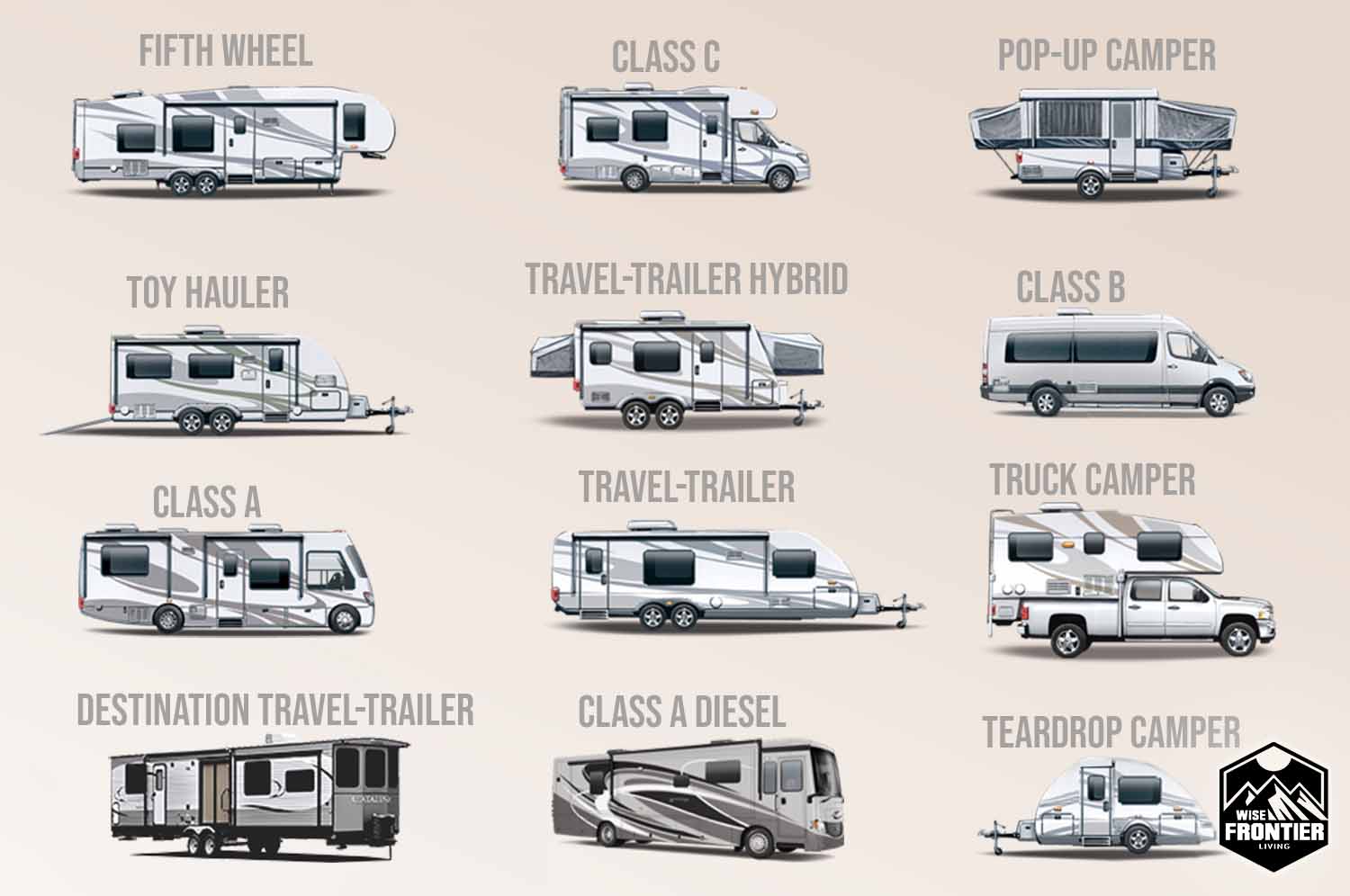
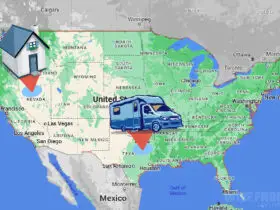
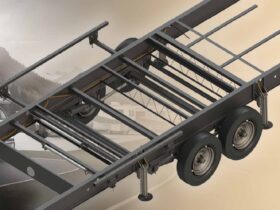
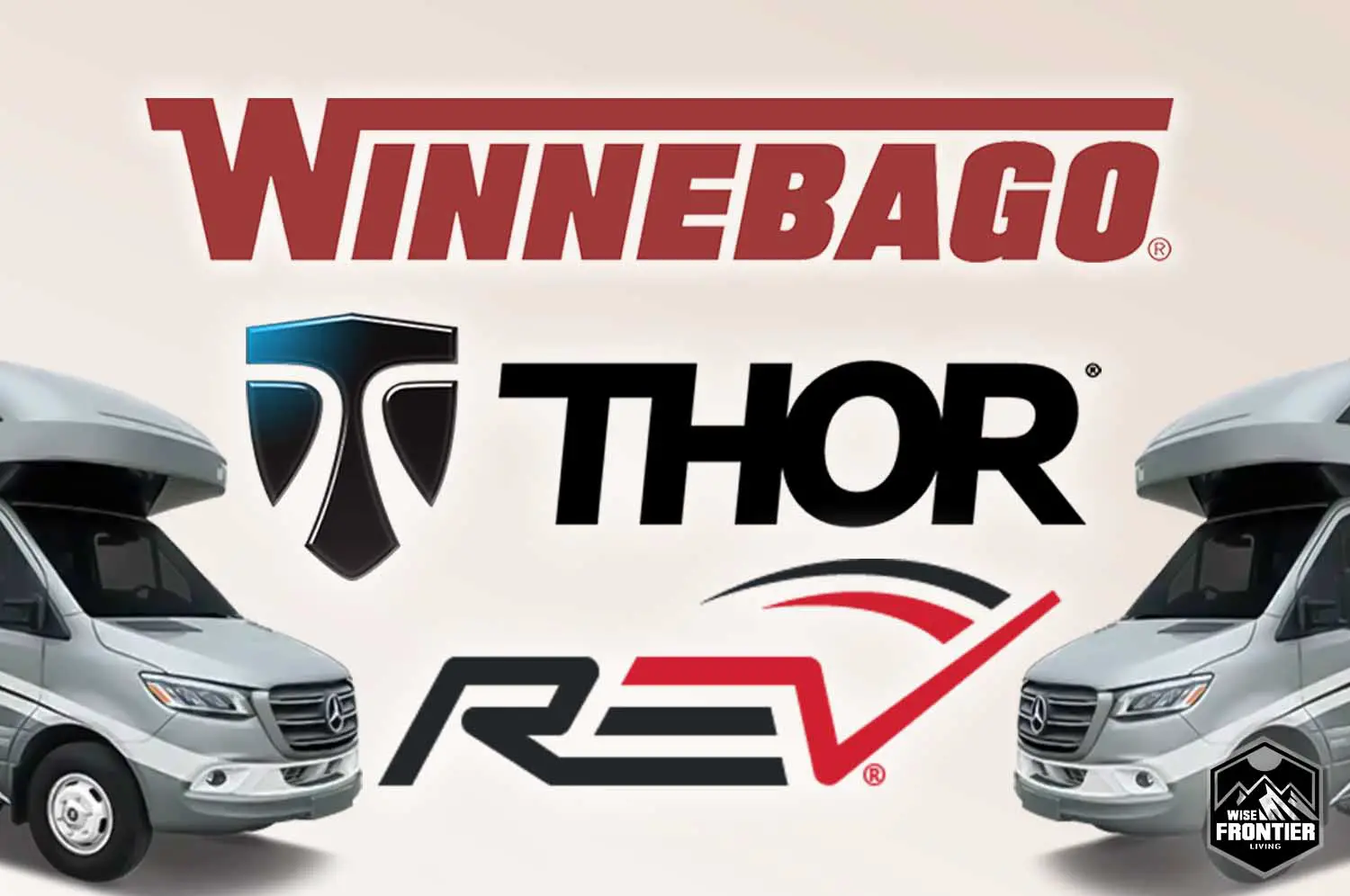
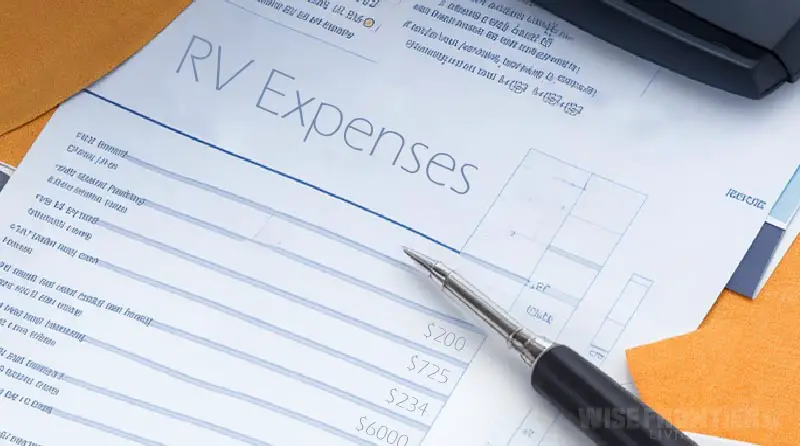
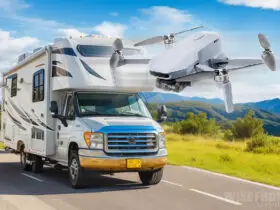
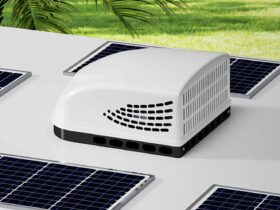
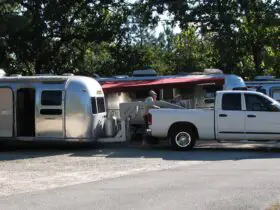
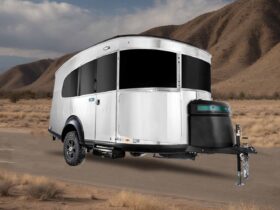

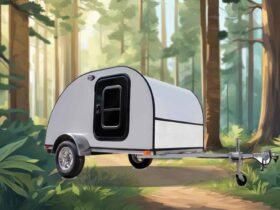
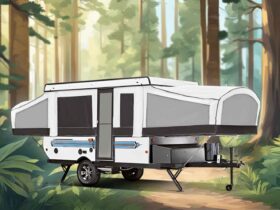
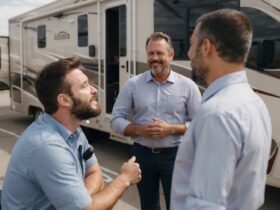
Leave a Reply